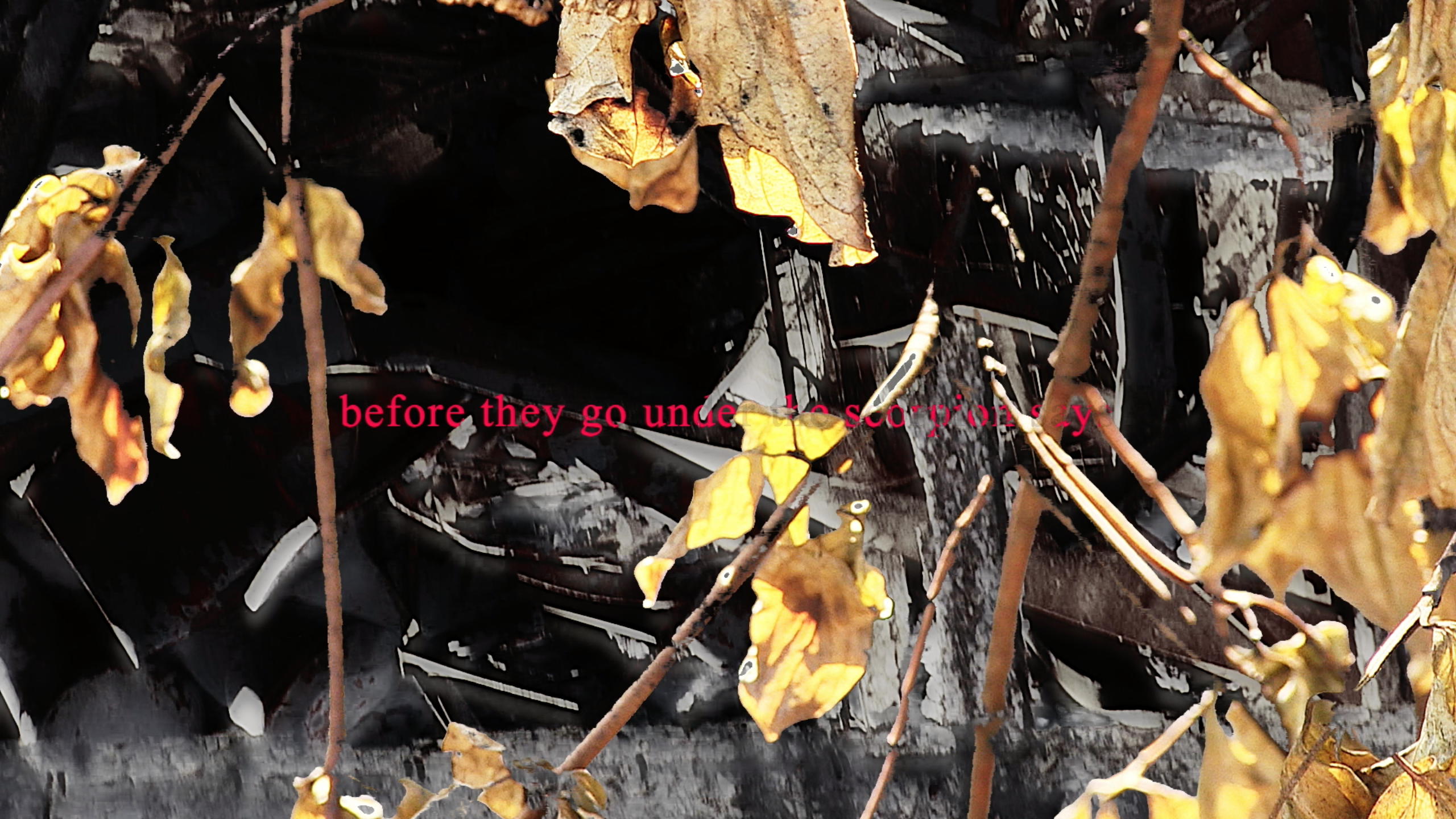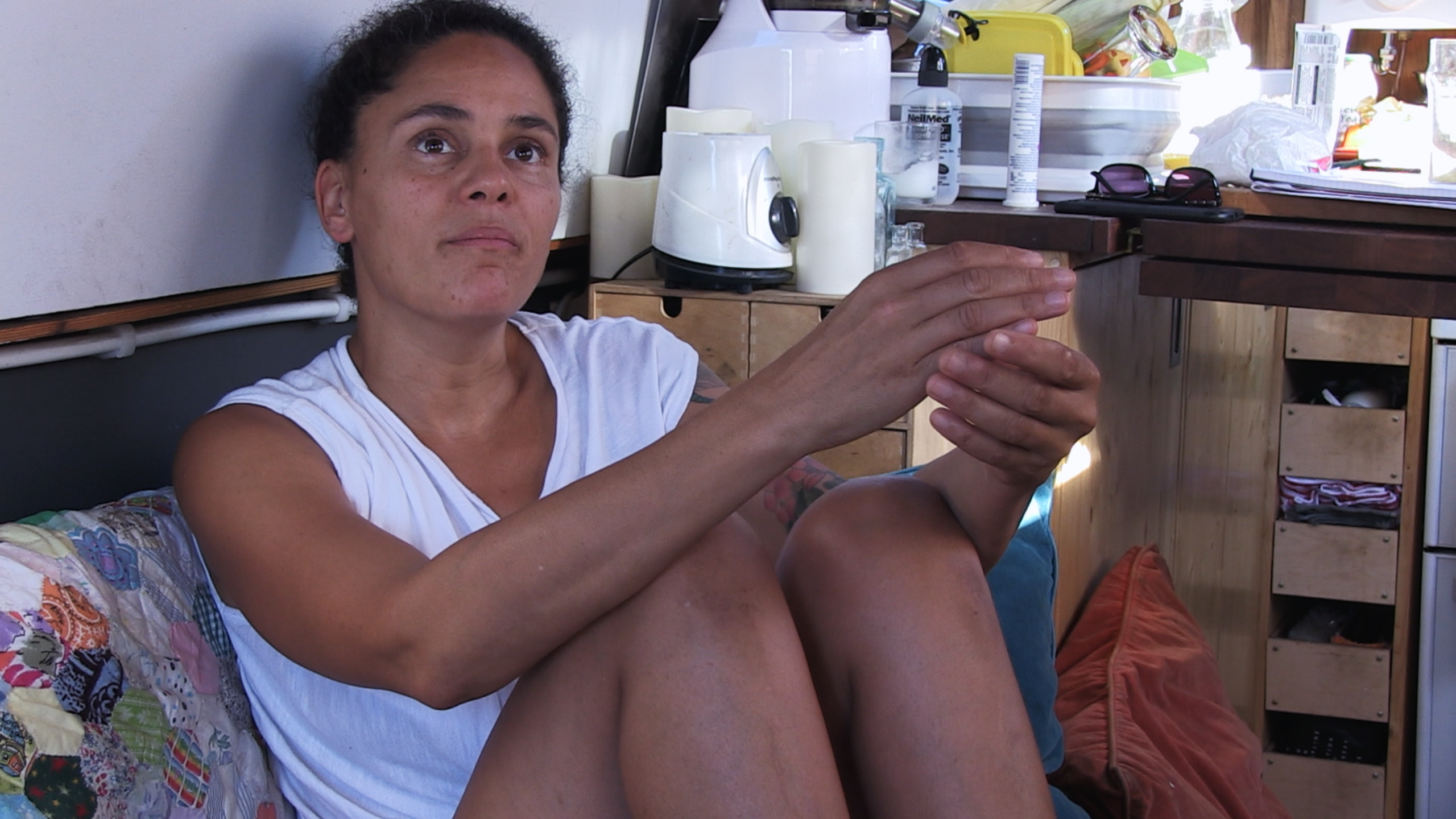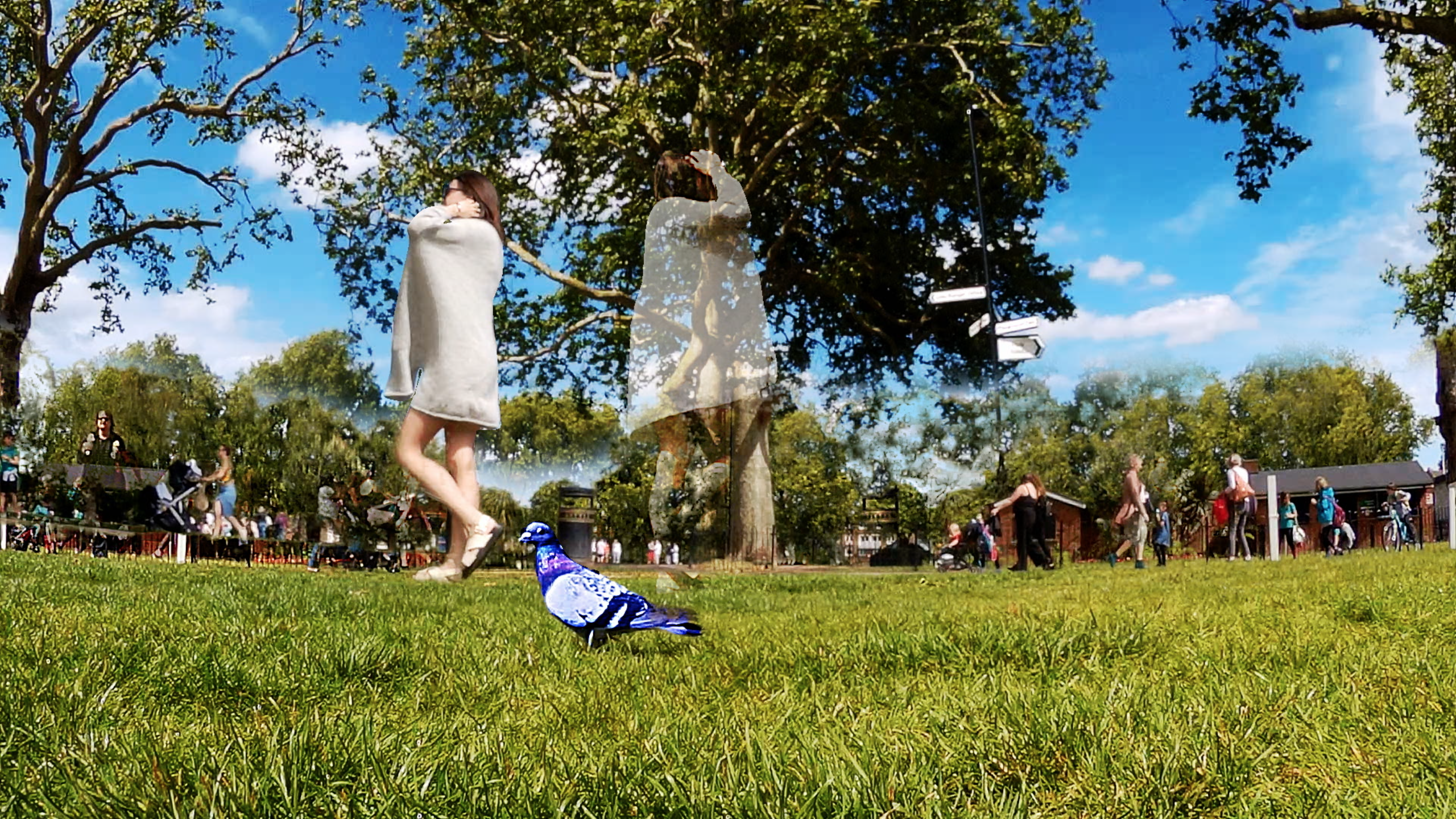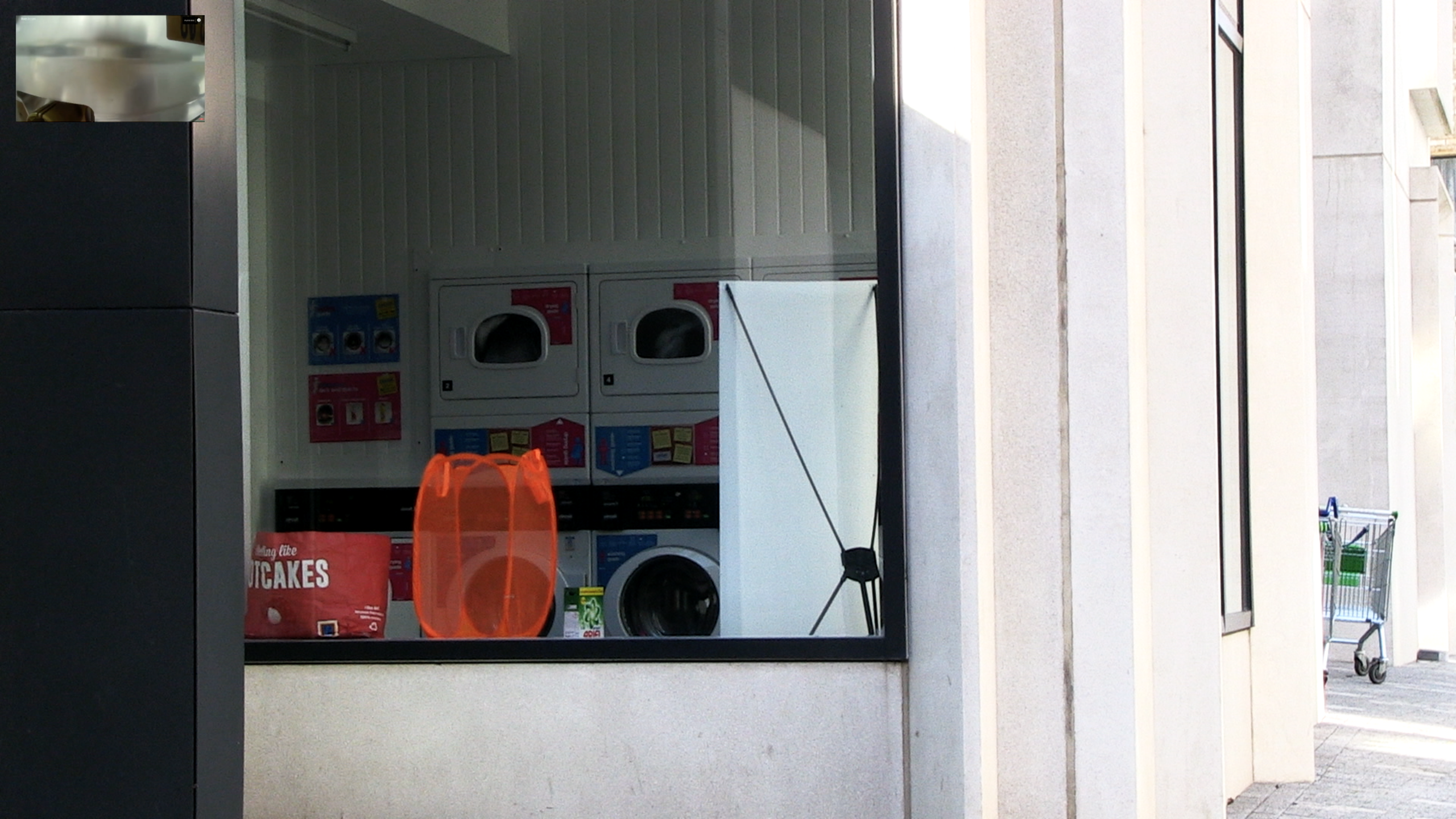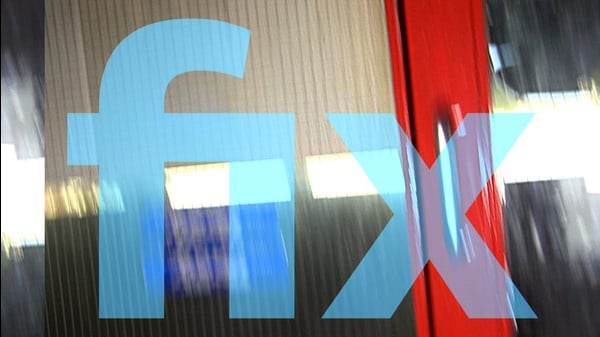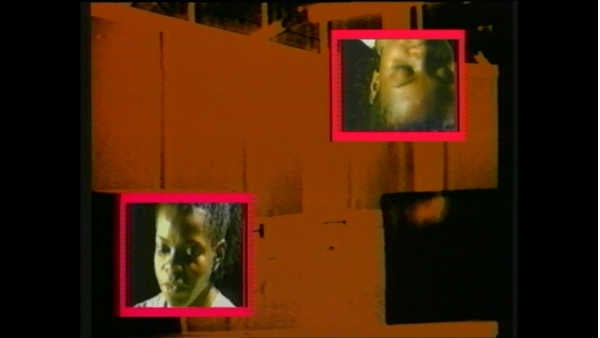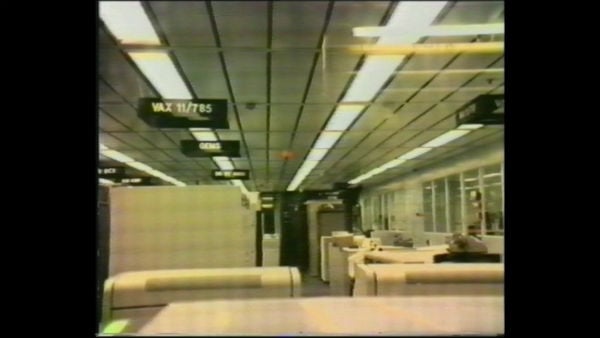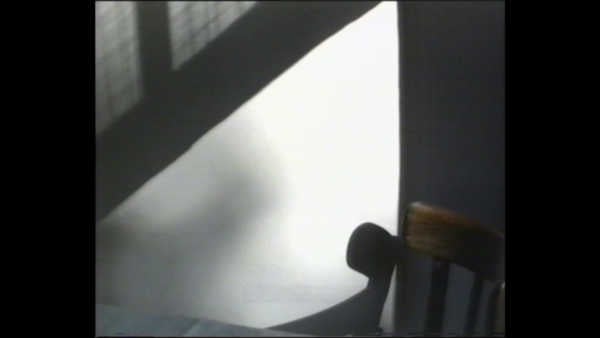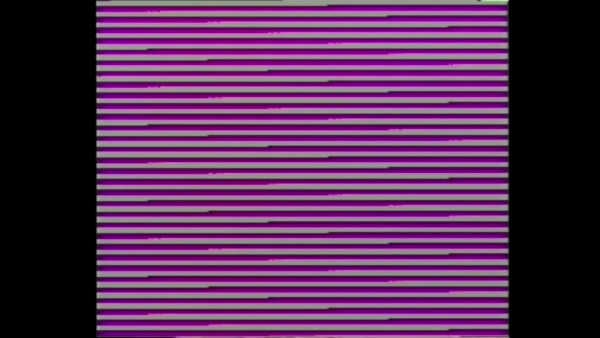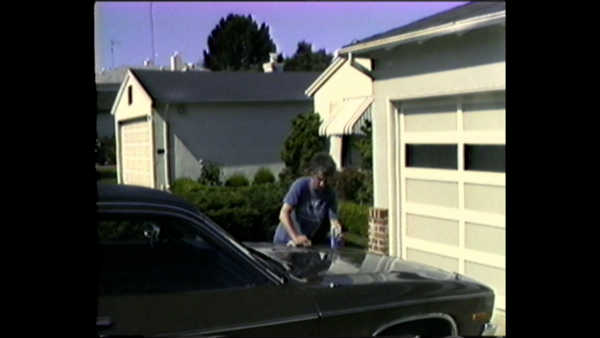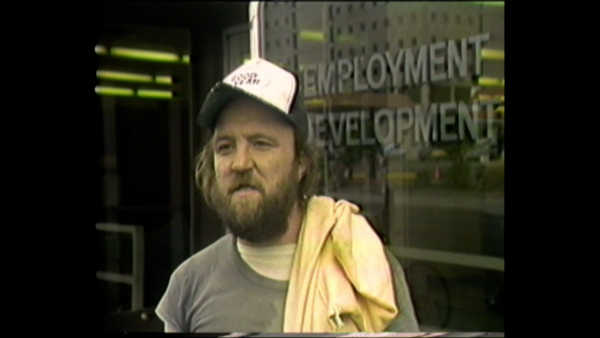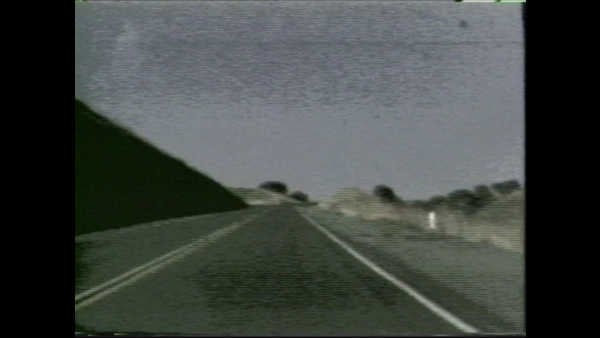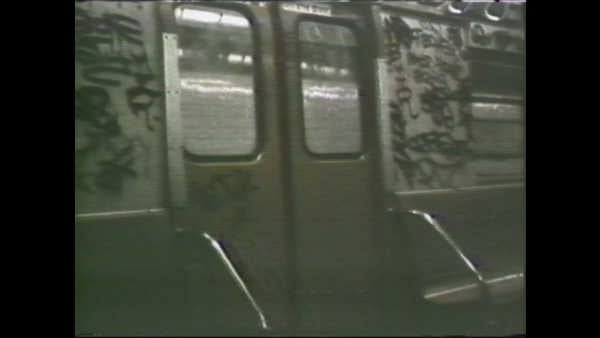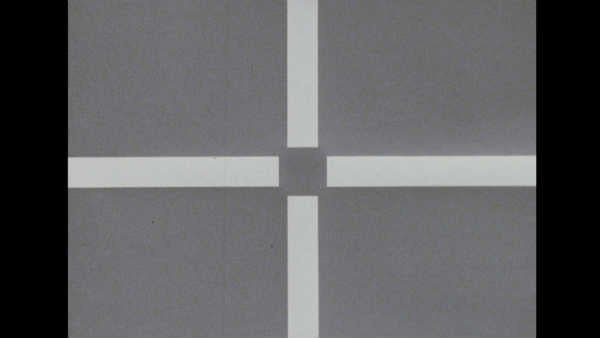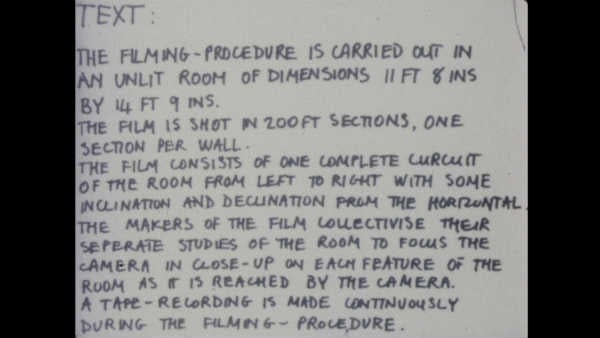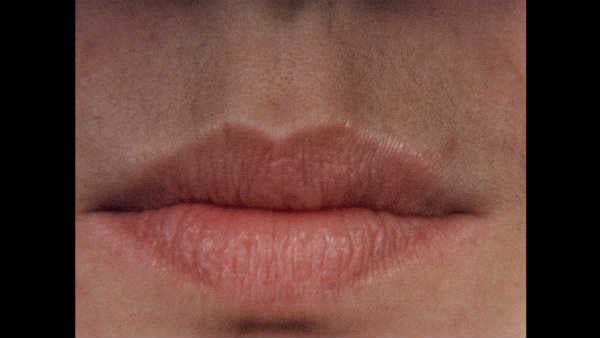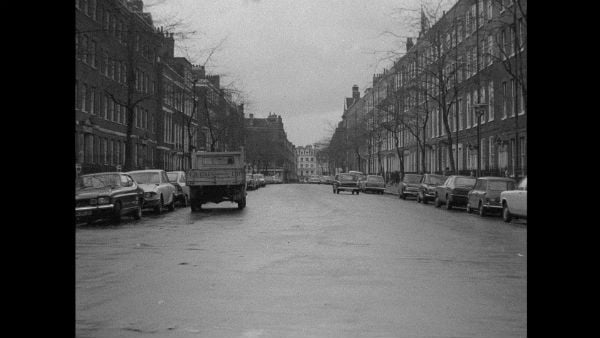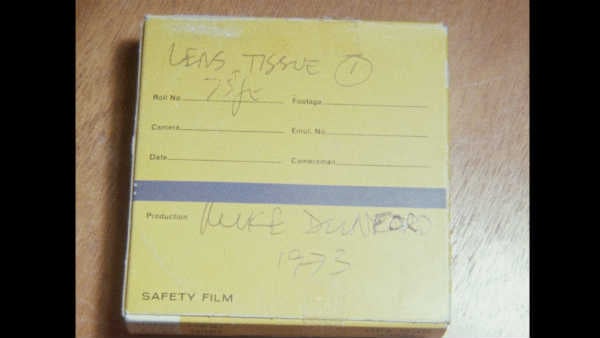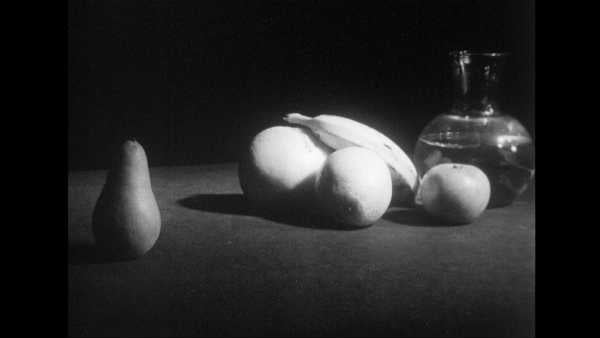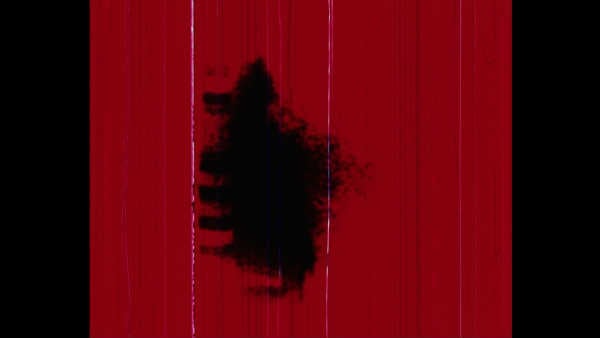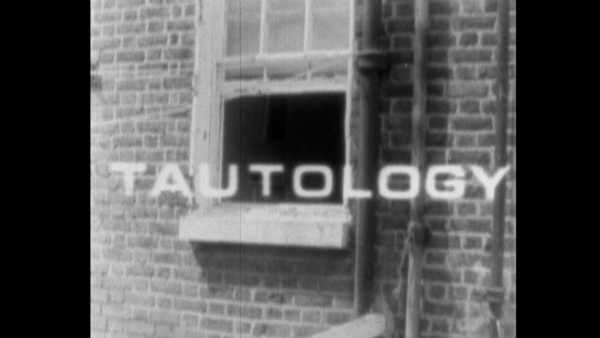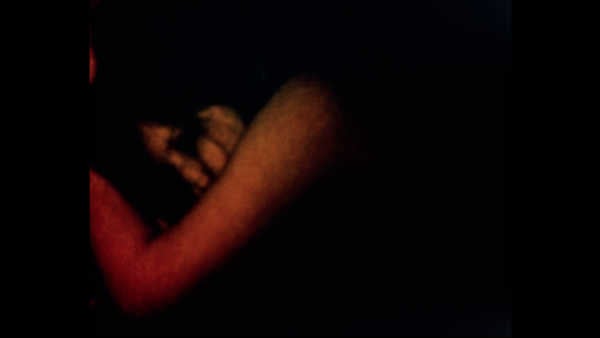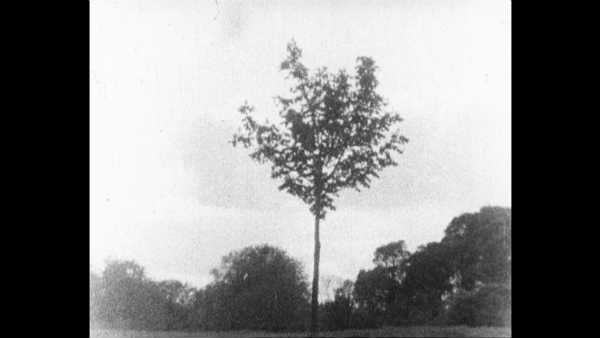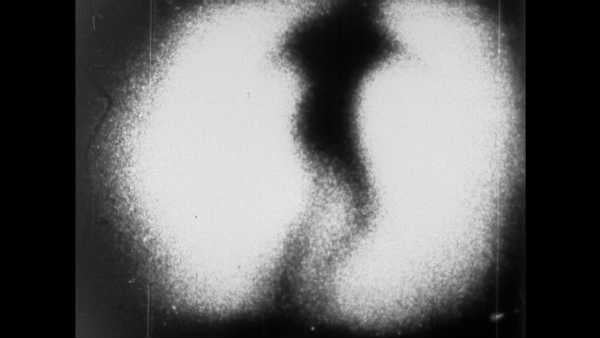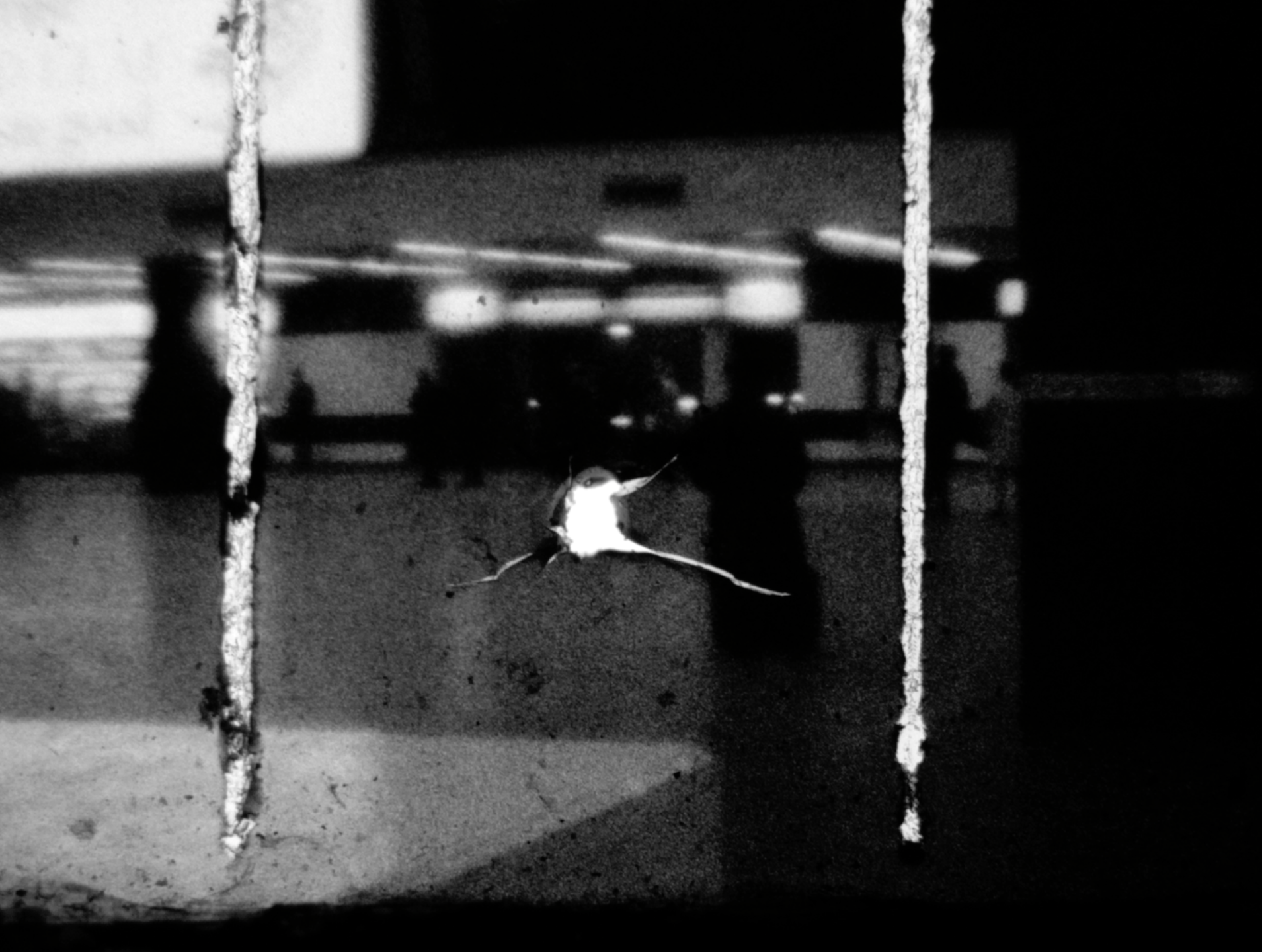After the standard 8 work this was my first 16mm film. As a film it shows all of the tendencies and concerns that preoccupied my ideas in film, and then video up until the present day. At the same time it is a kind of sound-track time-capsule for the late 60’s with sound from the moon-shot, Country Joe and the Fish, hippie music festivals, references to financial chaos, advertising and consumerism, gangster movies, Vietnam, and natural disasters. As a whole the film is episodic, but seems to have been more an attempt to make a “big” film in terms of running time, by adding together a number of segments or short films. The film is dominated by the first segment which consists of a long and self-contained piece where the image is made by painting, writing, sticking letraset and fluff and dirt onto the film surface and having it printed through the contact printer at the coop. Brilliantly coloured, the images bleed through into one another through afterimaging, and rush unrepeatably onward showing momentary, fleeting, and heartstoppingly beautiful, visual artifacts as the material pours through the projector gate. All of my later concerns with the actuality and materiality of the film-strip, its beingness apart from any representational aspect are presented here, with short clips of found footage, clear stock with scratches, and the abstract work on the film, although unlike Len Lye and others, my intention was not to make a beautiful abstract poem on film, but to force attention onto the materiality of the medium as a constant state of awareness for the viewer, and therefore of one’s own relationship to it. Something commonplace in other art forms like painting, but often, and still nowadays, obliterated in the conventional use of moving image technology as a narrative and ideological support based on photographic realism and depth of field illusion. The sound track was made as a separate and parallel montage. Not timed in anyway to the image track, occasional happy coincidences occur. As described before it is an assemblage of found footage from radio and television, and movies, and some recorded material. It operates as a kind of auto critique of the political culture we still inhabit and carries the same kind of fascination I have now with the intoxicating ripeness and yet darkly ominous threat of satiation, of violence, that presents through capitalist mass culture. Later the drawn material gives way to the surfer footage used in “silver surfer” .After some scratchy “constructed” fades to grey and back again, the second part begins. This introduces the beginning of the formal, investigatory, and interrogatory period of filmmaking that carried on at the Film Coop through the 70’s. The short pieces here lack some of the attempted rigor of investigation in the later work, but they all posit the idea of a film as a self-referential project, a piece that requires the viewers active participation in consciously engaging with it, and often in the form of a quasi – scientific experimental examination of aspects of the filmic process and production. The film had to be seen “out there” as an artifact of technology and ideology, and not experienced unconsciously.The first short piece is of the Film Coop window single-framed and zooming, and fading to white, with the repeated phrase “ are we going up “.The next is with sally potter in a single framed recreation of an early film trick of flying, with the sound of the wedding march behind her. The next has the film coop secretary walking back and forth single framed and blank framed to the steel guitar of John Fahey.The next has a double exposed juddering face in a dark circle, an idea of the insubstantiality of the image, its self-subversion, that I revisited in Nohi Abassi years later, and the circle pulls away to reveal the film-maker with his camera.The next is an anomalous piece, a combination of parody and homage to Godardian formalism, with the actress lying covered in blood-red paint, slain in a derelict street of the period, the camera repeating the same pan but with an added f-stop each time, while the soundtrack plays an upbeat samba/ lounge number suddenly cut off before denouement.The final piece is of Tom Osborn the theatre director, in an empty room with a chair. Tom and the chair perform a simple formal set of moves and actions, filmed in one session, on one roll of film, with flash frames and glitches and stop frame filming of the performance. The film ends.


